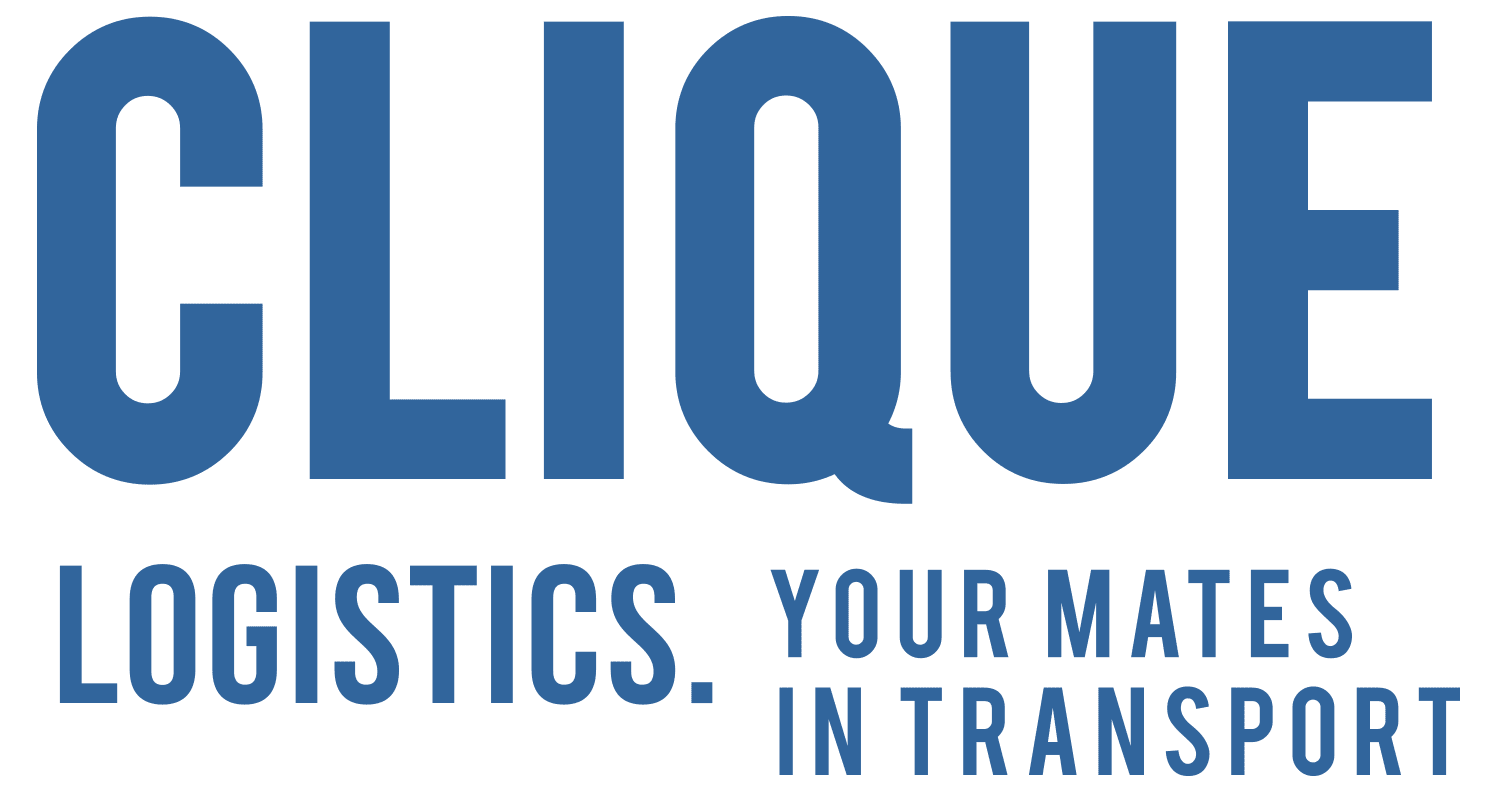What if the key to thriving as a freight broker lies in your daily routine? By starting your day early and prioritising effective communication, you set the stage for success. From managing loads to nurturing client relationships, each task plays a significant role. But how do you guarantee these daily duties translate into lasting results? Let’s investigate the fundamental practices that can enhance your effectiveness in this competitive field.
Start Time and Daily Preparation
When you get to your desk by 7:30 AM, you set the tone for a productive day as a freight broker. This early start time is vital for establishing a successful routine.
By avoiding social media and news distractions, you maximise your working time and sharpen your focus on operational tasks. Checking voicemails and emails received overnight becomes your first priority, helping you stay informed about any urgent messages from drivers and customers.
This proactive approach improves your situational awareness, allowing you to tackle potential issues before they escalate. By preparing early, you position yourself to manage unexpected challenges effectively, ensuring smooth operations throughout the day.
Adopt this routine, and you’ll thrive as a successful freight broker.
Initial Communication With Clients
Effective communication is crucial for freight brokers, and starting your day with a clear plan can make all the difference.
Begin by swiftly checking your voicemails and emails to stay updated on any urgent issues affecting transportation operations. Reach out to customers early to confirm their shipping needs and any loads scheduled for overnight pickups. This proactive approach reinforces your freight services and demonstrates reliability.
Build rapport by providing consistent updates on market conditions that could impact their freight. Utilise Transportation Management Software (TMS) to input customer load lists efficiently.
Finally, prioritise relationship-building through regular follow-ups to address client needs and gather feedback, enhancing service delivery and nurturing customer loyalty.
Load Management and Posting
To maximise efficiency in freight operations, load management and posting should be a top priority for brokers.
Here are key strategies to improve your freight brokerage:
- Post Loads Early: Early postings help match trucks with loads quickly, boosting booking chances.
- Utilise TMS: Capitalise on trucking management software to streamline customer load lists and automate loadboard postings.
- Stay Proactive: Regularly update load postings with accurate details to keep potential carriers informed and engaged.
- Balance Communication: Effectively manage incoming calls from dispatchers and maintain outgoing sales efforts to secure the best carrier options.
Booking Loads With Carriers
After managing and posting loads, the next step in your freight brokerage journey is booking those loads with carriers.
During peak hours, from 8 AM to 9 AM, make sure you’re fielding calls from dispatchers; this is when you can effectively sell and secure bookings.
Striking a balance between incoming and outbound calls is essential for managing your load bookings while nurturing relationships with carriers.
Building rapport is just as important as with customers, as strong relationships can lead to better service and rates.
Utilise Transportation Management Software (TMS) to streamline this process, matching loads with carriers quickly.
A proactive approach in addressing potential issues and communicating details can improve the booking process, ensuring satisfaction for everyone involved.
Maintaining Relationships With Shippers
While you focus on booking loads, don’t underestimate the importance of maintaining strong relationships with shippers.
These connections are vital for your success. Here are four key strategies to improve those ties:
- Communicate Regularly: Check in to understand shippers’ needs and preferences, cultivating trust.
- Provide Timely Updates**: Keep shippers informed about market conditions and freight status to boost their confidence in your services.
- Address Issues Proactively: Tackle potential concerns as they arise, showing your commitment to customer service and satisfaction.
- Personalise Your Approach: Pay attention to specific shipping instructions and follow up post-transaction for feedback, refining your services to meet evolving needs.
Handling Customer Objections
Building strong relationships with shippers lays the groundwork for successful negotiations, especially when it comes to handling customer objections. Understanding objections like “Our freight is customer routed” opens doors for negotiation and service customisation.
As a good freight broker, you’ll find that effective objection handling boosts your chances of securing freight bookings while nurturing long-term client relationships. Utilise active listening techniques to empathise with your clients’ concerns; this approach helps tailor your responses and increases the likelihood of overcoming objections.
Furthermore, consider utilising training resources such as workshops to improve your skills. A proactive follow-up strategy can address lingering doubts, ultimately leading to higher conversion rates and increased customer satisfaction.
Prospecting for New Business
Prospecting for new business is essential for any successful freight broker, as it lays the foundation for future growth.
To effectively improve your prospecting efforts, consider these strategies:
- Understand Client Needs: Tailor your services to meet specific client requirements, boosting conversion rates.
- Consistent Follow-Up: Remember, it often takes five to seven contacts to convert a prospect into a customer, so stay persistent.
- Build Relationships: Cultivate trust through transparent communication and regular updates to increase the likelihood of new business.
- Niche Targeting: Focus on specific industries or freight types to differentiate yourself and create more effective referral opportunities.
Utilising Technology for Efficiency
Utilising technology can significantly improve efficiency for freight brokers in today’s fast-paced logistics environment. By implementing Transportation Management Software (TMS), you can automate load tracking, manage documentation, and improve communication with carriers and customers.
Cloud-based TMS solutions give you real-time visibility into shipment status and operational metrics, making decision-making easier and increasing customer satisfaction with timely updates.
Integrating TMS with other tools helps you optimise workflows, minimising manual entry errors. Advanced freight broker software often features order automation, automatically generating invoices and tracking payments to save you time.
Furthermore, leveraging data analytics within these technologies allows you to identify market trends and fine-tune pricing strategies based on performance metrics, ultimately driving your business success.
Continuous Learning and Skills Development
Staying on top of your game as a freight broker means committing to continuous learning and skills development.
The freight industry is dynamic, so you need to stay informed about trends and changes. Here are four key strategies to improve your skills:
- Enrol in Training Programs**: Courses like the Freight Broker Basics sharpen your lead sourcing and operational efficiency.
- Network Actively: Attend industry conferences and workshops to share knowledge and learn best practices from peers.
- Read Industry Publications**: Regularly review reports and articles to stay updated on regulations and market shifts.
- Adopt a Growth Mindset: Accept continuous improvement to boost your competitive edge and increase customer satisfaction.
Monitoring and Managing Shipments
As you navigate the complexities of freight brokerage, effectively monitoring and managing shipments is crucial for maintaining customer satisfaction and operational efficiency.
Utilise real-time tracking tools to improve communication with customers and carriers, giving you visibility into cargo location and status.
Implement Transportation Management Software (TMS) to streamline shipment management, ensuring timely updates and accurate documentation.
Regularly check in with carriers and shippers to identify potential issues or delays, helping you maintain smooth operations.
Establish key performance indicators (KPIs) to assess on-time delivery rates and cargo integrity, allowing you to make data-driven decisions.
Finally, adopt a proactive approach by anticipating disruptions like weather or traffic and developing contingency plans to minimise their impact.
Conclusion
In the rapidly changing realm of freight brokering, staying ahead of the game is essential. By following a structured routine and leveraging technology, you can guarantee smooth operations and satisfied clients. Remember, it’s not merely about moving loads; it’s about building lasting relationships and continuously improving your skills. So, keep your ear to the ground and stay proactive. With dedication and the right approach, you’ll not only navigate challenges but likewise thrive in this dynamic industry.





